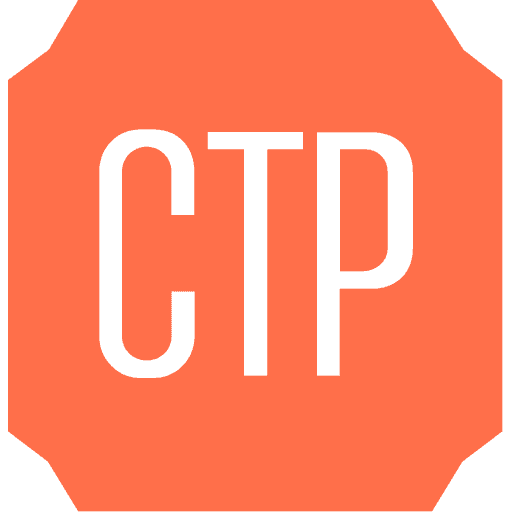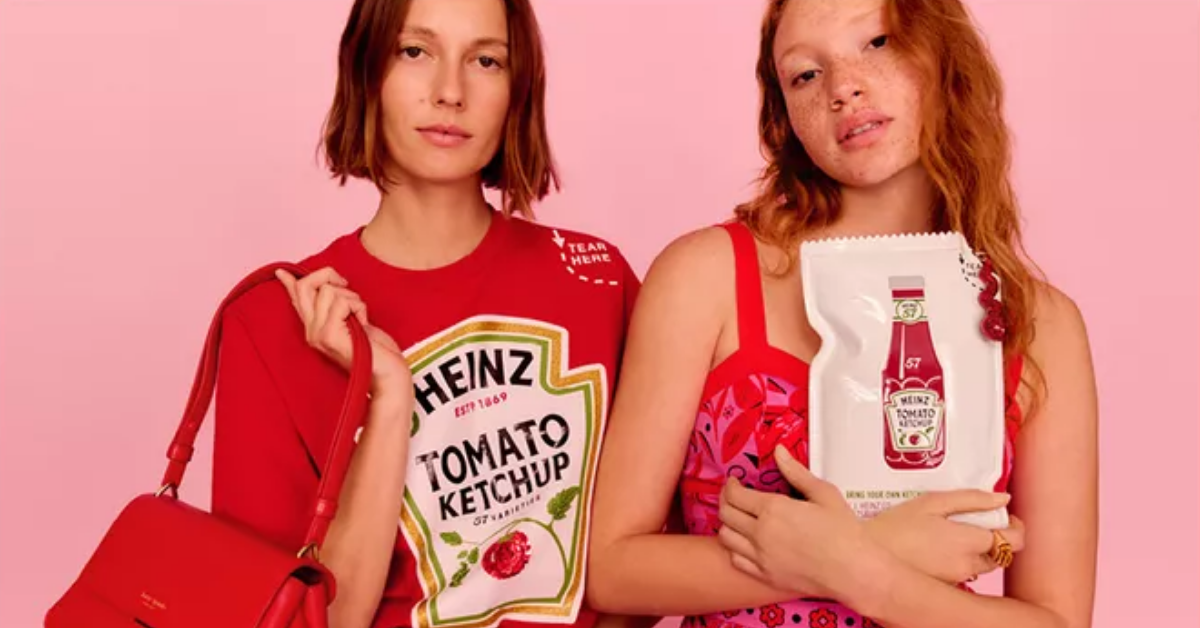If you have strep throat, a lozenge isn’t going to provide lasting relief. You need a professional who will diagnose and treat the problem with something more powerful. As a maker of “softish cough drops,” Pine Brothers probably knows that about its product. Apparently it doesn’t realize the same holds true for brand building and PR.
Pine Brothers is taking an unconventional approach in its battle with established brands like Halls, Ludens and Vicks: it has set a bounty on media coverage.
If you land a story about its cough drops, Pine Brothers will pay you. Earn coverage in USA Today? The company will pay you $25,000. The Wall Street Journal or the New York Times? $20,000. If resurrected 1990s talk shows are your thing, you can earn $25,000 with a hit on the Arsenio Hall Show.
Will it work? Maybe. There are a lot of talented, tenacious PR folks who can use the cash. Someone will land coverage. The company may see a slight uptick in name recognition and maybe sell some cough drops. But it’s still not enough.
Here’s the problem I have with it: What’s the story? Where’s the strategy?
Some will say, “It’s a cough drop; how much strategy and message consistency do you need?” Probably more than we know. If it were my company, I’d be anxious ceding control to hundreds of mercenary publicists touting my products and, more importantly, my brand.
Pine Brothers needs a cohesive campaign, not quick hits. PR isn’t simply about getting your name in the paper. It is about engaging in ways that are meaningful to the consumer and the business. And it’s a key piece in establishing, nurturing and burnishing the brand. That can’t be done under the “every man for himself” approach.
Before your PR team fires off its first pitch email make sure you are on the same page. Answering even these three basic questions will prepare them more than the Pine Brothers bounty hunters.
- What’s the end game? “Get me on Arsenio Hall” is not a communications strategy. A PR team should know the big picture. It should be steeped in the brand positioning and also know where the pain and the opportunity lie for the business. You want to sell more cough drops. But how many more? To whom and where? How will the campaign be measured? A clear understanding of the business goals brings smarter strategy.
- Who’s our audience and what do we know about them? Are we targeting nurses and doctors who can recommend Pine Brothers? Do we focus on the audience that makes up most of your sales? Or should we identify and strengthen an underperforming market segment? Knowing the audience is key. College kids aren’t the same consumers as working moms. They care about different things and absorb media differently. With a look at industry trends and consumer insights we would shape messaging, build stories, establish targets and create approaches that connect with the people your brand cares about.
- What else are you doing to reach consumers? Well-placed media coverage is a powerful storytelling device and rich content for social media channels. But a strong PR program won’t rest on the traditional+digital media power play alone. Sponsorship activation, cause marketing, guerrilla and other grassroots approaches can help fortify the brand experience and touch the people who buy your product. Pine Brothers and brands like theirs need to think about media coverage as an essential element of a communications program but not as a standalone savior.
With a CEO who founded and sold Airborne as a former 2nd Grade teacher, an interesting heritage, a nice but inconsistent smile and a product distinction (not just cough drops, softish cough drops), there’s a lot to like about Pine Brothers. That’s the problem. There is so much they could be doing. If your only goal is getting your name in key media outlets then set the bounty and watch the wolves attack the targets. But if you are looking to build a business and a brand, opt for robust over softish.





